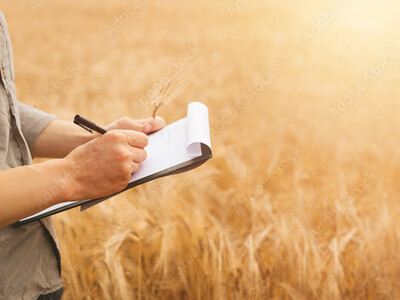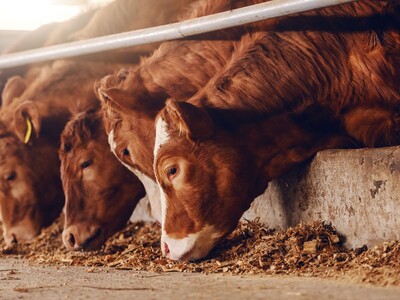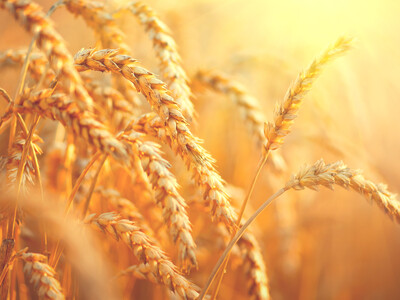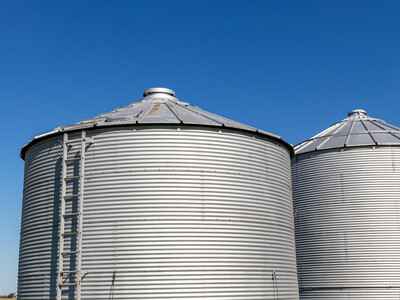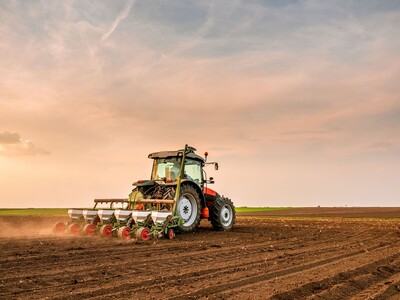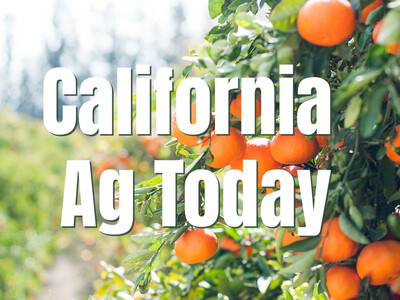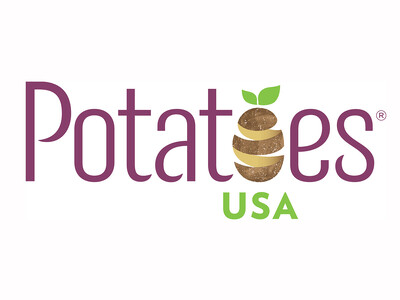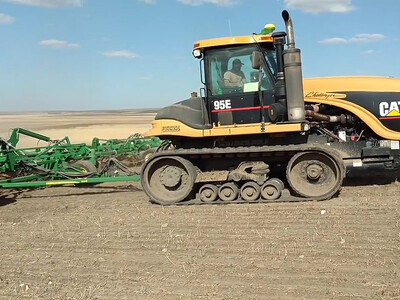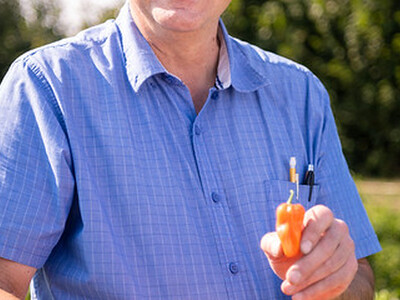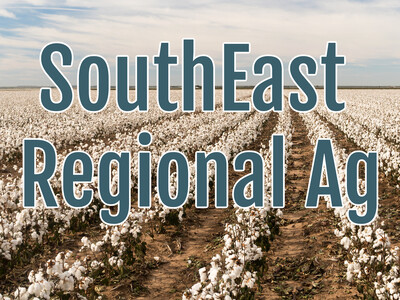Ceres and wheat
Precision agriculture. Corn and soybean farmer Kirk Stueve also works as an expert with Ceres Imaging, a company that takes high resolution images of a farmers field and delivers analytics on pretty much everything that is going on. I asked him a question highly relevant to Idaho.We grow a lot of wheat out here in Idaho. Do you guys play in that marketplace.
We are just starting to delve into that market a bit. We're most established in anything where you have irrigation, you any irrigated landscapes and the specialty crops of California, Australian, Pacific Northwest and so forth. But certainly in wheat our chlorophyll product is very strong and helping to manage nitrogen. Most of your growers out that way are well aware they get too much nitrogen on spots that wheat will have a tendency to lodge. And so our chlorophyll product can really help dial in that nitrogen placement.
What does that mean chlorophyll product, describe that for me.
It's one of our products that in layman's terms it assesses plant health or vigour and so if you're looking at some of the best parts of the field, that image is going to look really dark green and tell you that that's a really good part of the field. If you're in a poor performing part of the field, it'll be lower and look red and so it really gives you a sense of that variability across the field and lets you know where the crop is doing really well and too well in some cases for wheat, if you have too much nitrogen on it, and where it's not.




